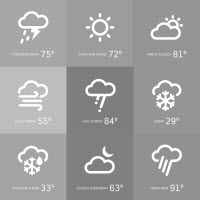Acres: Mill, 2,962; Smith, 45
Crews: 13
Containment: Mill 20%; Smith 100%
Engines: 57
Detection Date: July 22, 2024
Dozers: 4
Cause: Lightning
Helicopters: 5
Total resources: 569
Fixed wing: available as needed
Official Fire Information
Headlines
- As of today, no evacuation orders remain. For specific evacuation information, please visit: facebook.com/plumascountysheriff or facebook.com/sierracosheriff
- Join us for another Ask-the-Incident Commander meeting TOMORROW (technology permitting, July 27, at 2 p.m. on facebook.com/USFSPlumas
Smith Fire: The Smith Fire is at 100% contained. This does not mean that the fire is out. Some isolated smokes may occasionally be visible far interior, and crews will continue to patrol the area.
Mill Fire: The Mill Fire is also continuing to show reduced heat. Crews continue to strengthen direct line and mop up around previous spot fires. Mopping up is a critical piece of firefighting, and can include “cold-trailing,” where firefighters remove their gloves and feel through the dirt with their hands to ensure that absolutely no heat remains that could rekindle. Managers continue to patrol by air and with infrared and are able to pinpoint specific areas of potential heat. If any hot spots are detected, they can then direct crews to extinguish them.
Weather
A cooling trend is expected to continue into the weekend, with temperatures predicted to be roughly 10 degrees cooler tomorrow. Better overnight fuel recoveries are anticipated to arrive with this cooling trend.
#####








